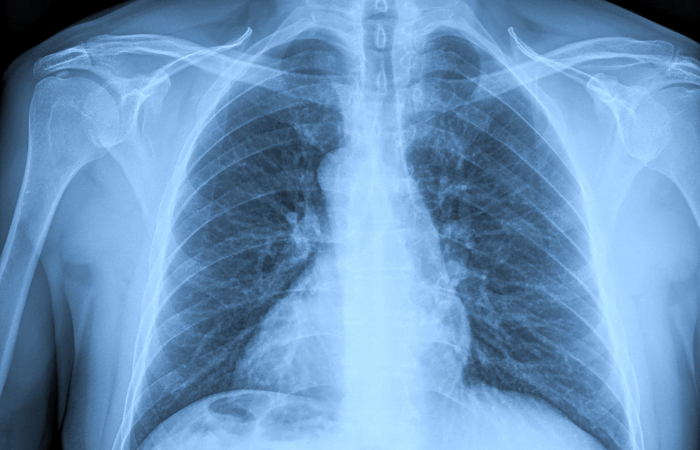
In the realm of modern medicine, the advent of digital X-ray technology has revolutionized the diagnosis and management of gastrointestinal (GI) disorders. This advanced imaging modality offers enhanced image quality, reduced radiation exposure, and expedited results, making it an invaluable tool for healthcare providers and patients alike. For those seeking or "digital X-ray centre near me," understanding the pivotal role of digital X-rays in detecting GI disorders is essential.
Digital X-rays utilize digital sensors to capture images of the body's internal structures, replacing traditional photographic film. This technology provides several advantages, including immediate image preview, the ability to enhance images for better clarity, and easier storage and sharing of patient data. These features are particularly beneficial in diagnosing complex conditions such as gastrointestinal disorders.
Gastrointestinal disorders encompass a wide range of conditions affecting the digestive tract, including ulcers, tumors, blockages, and inflammatory diseases. Accurate and timely diagnosis is crucial for effective treatment, and digital X-rays play a significant role in this process.
A] Enhanced Imaging for Accurate Diagnosis
Digital X-rays provide high-resolution images that allow for detailed visualization of the GI tract. This clarity enables healthcare providers to identify abnormalities such as strictures, perforations, and masses with greater precision. For instance, a barium swallow test, which involves ingesting a barium solution to coat the esophagus and stomach lining, can be captured more effectively with digital X-ray technology, revealing issues like ulcers or tumors.
B] Reduced Radiation Exposure
One of the significant benefits of digital X-rays is the reduction in radiation exposure compared to traditional X-ray methods. This aspect is particularly important for patients requiring multiple imaging studies, as it minimizes the cumulative radiation dose. Facilities like Diagnopein in Pune emphasize the use of digital X-rays to ensure patient safety while delivering accurate diagnostic results.
C] Expedited Results and Improved Patient Care
The immediacy of digital X-ray imaging allows for quicker diagnosis and treatment planning. Images are available for review almost instantly, enabling healthcare providers to make informed decisions promptly. This rapid turnaround is vital in managing acute GI conditions where time-sensitive interventions are necessary.
Digital X-rays are instrumental in diagnosing various GI disorders. Some of the common conditions include:
1] Bowel Obstructions: Digital X-rays can reveal blockages in the intestines, aiding in determining the obstruction's location and severity.
2] Perforations: The high-resolution images help detect perforations in the GI tract, which require immediate medical attention.
3] Ulcers and Tumors: Digital X-rays, especially when combined with contrast studies like barium swallows, can identify ulcers and tumors in the esophagus, stomach, and small intestine.